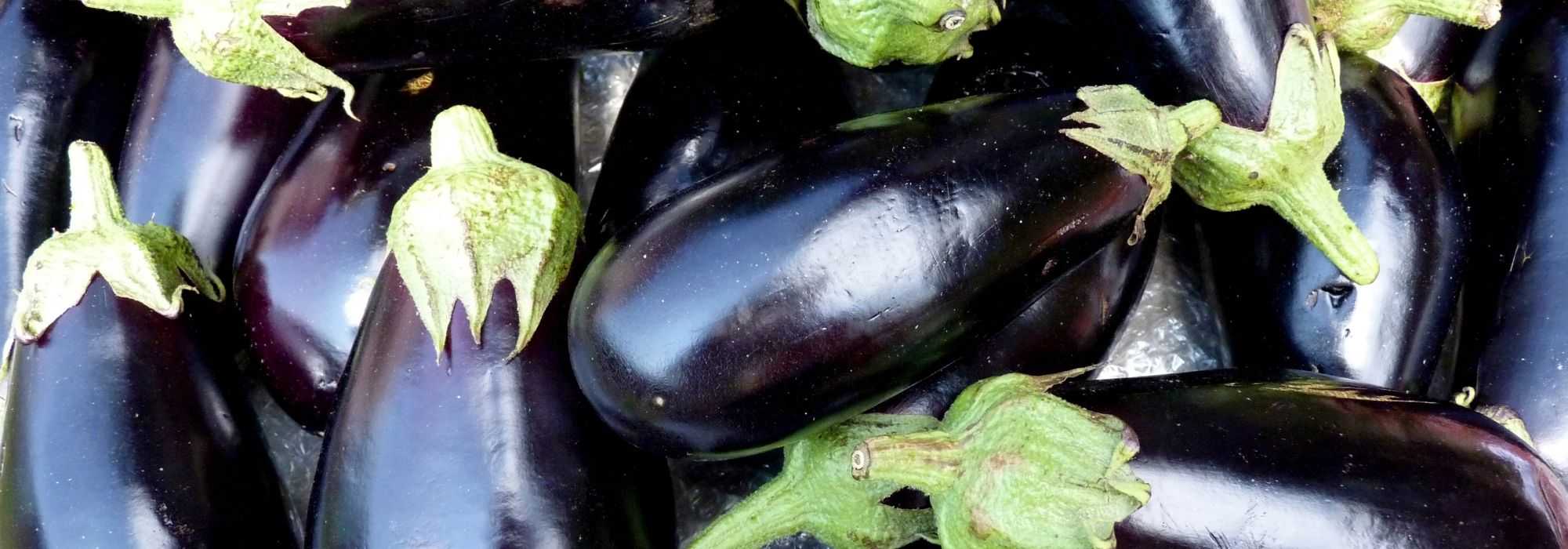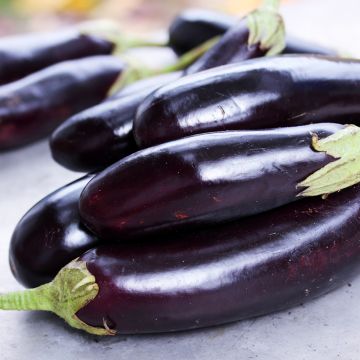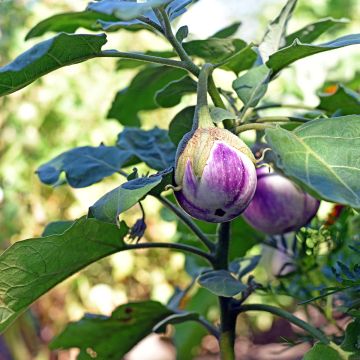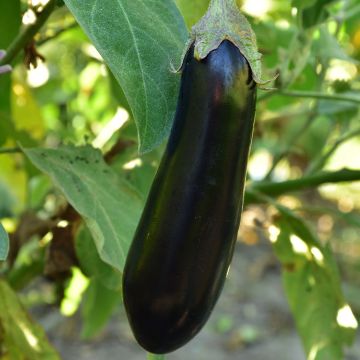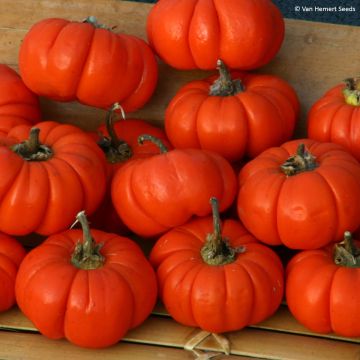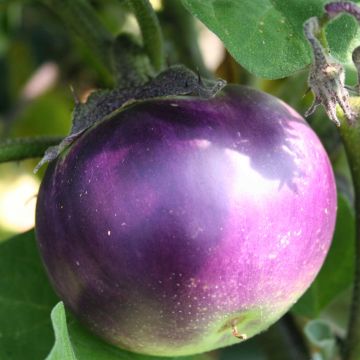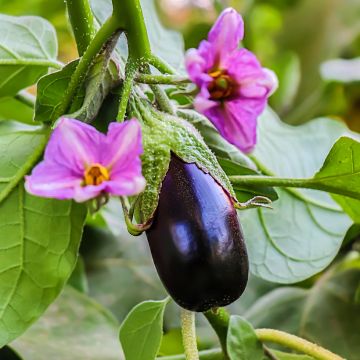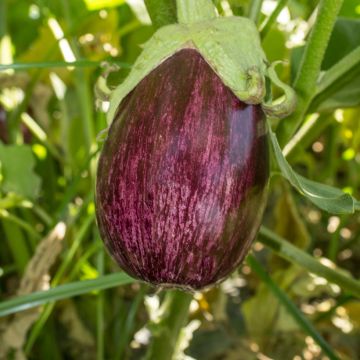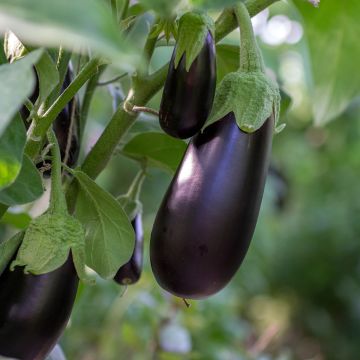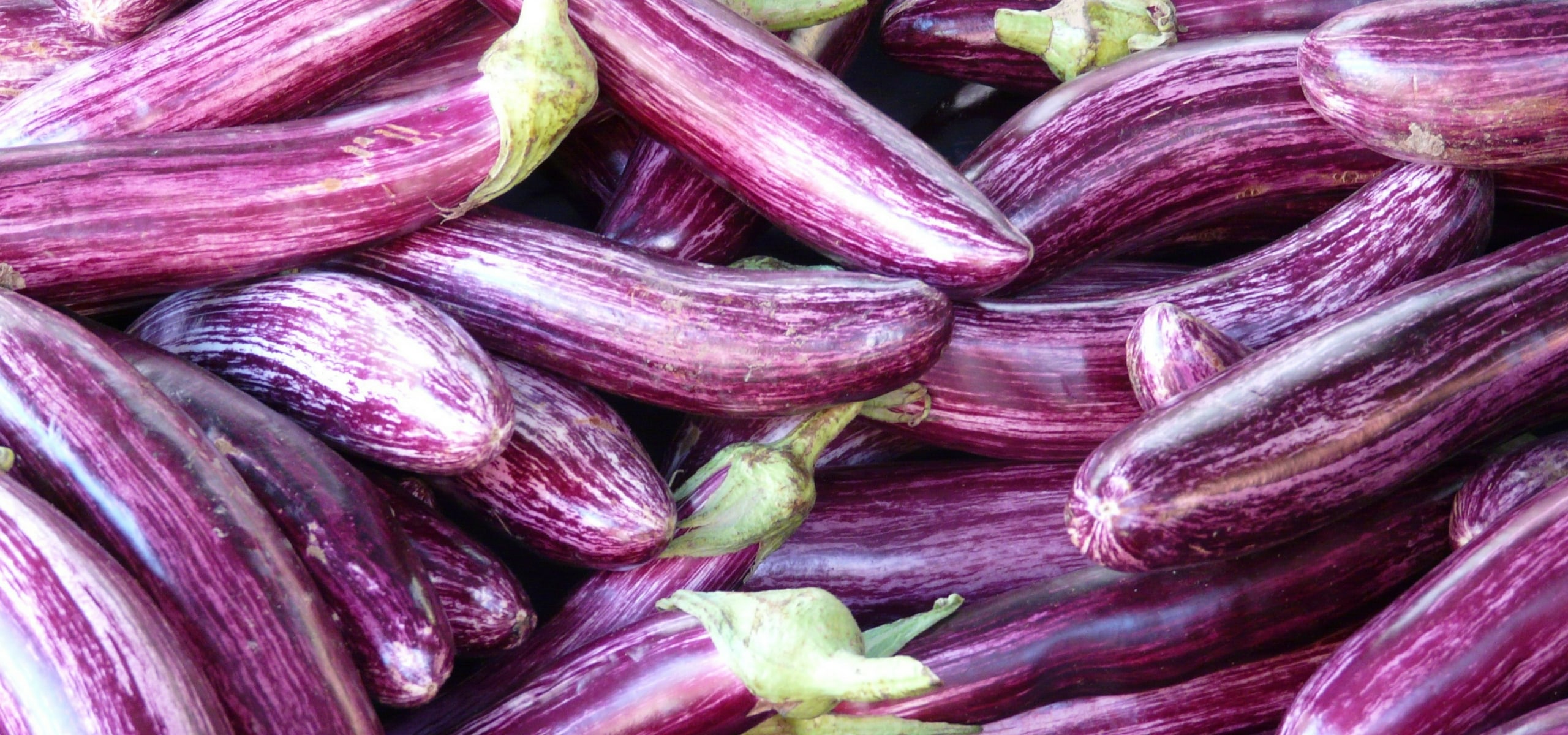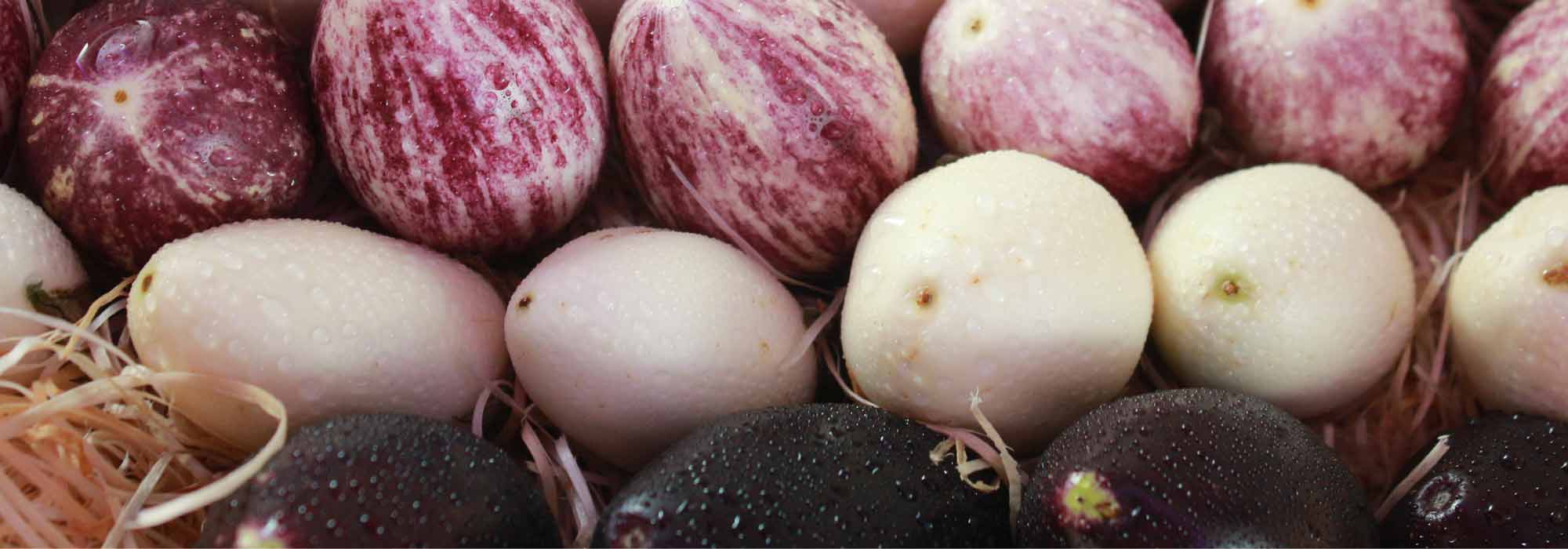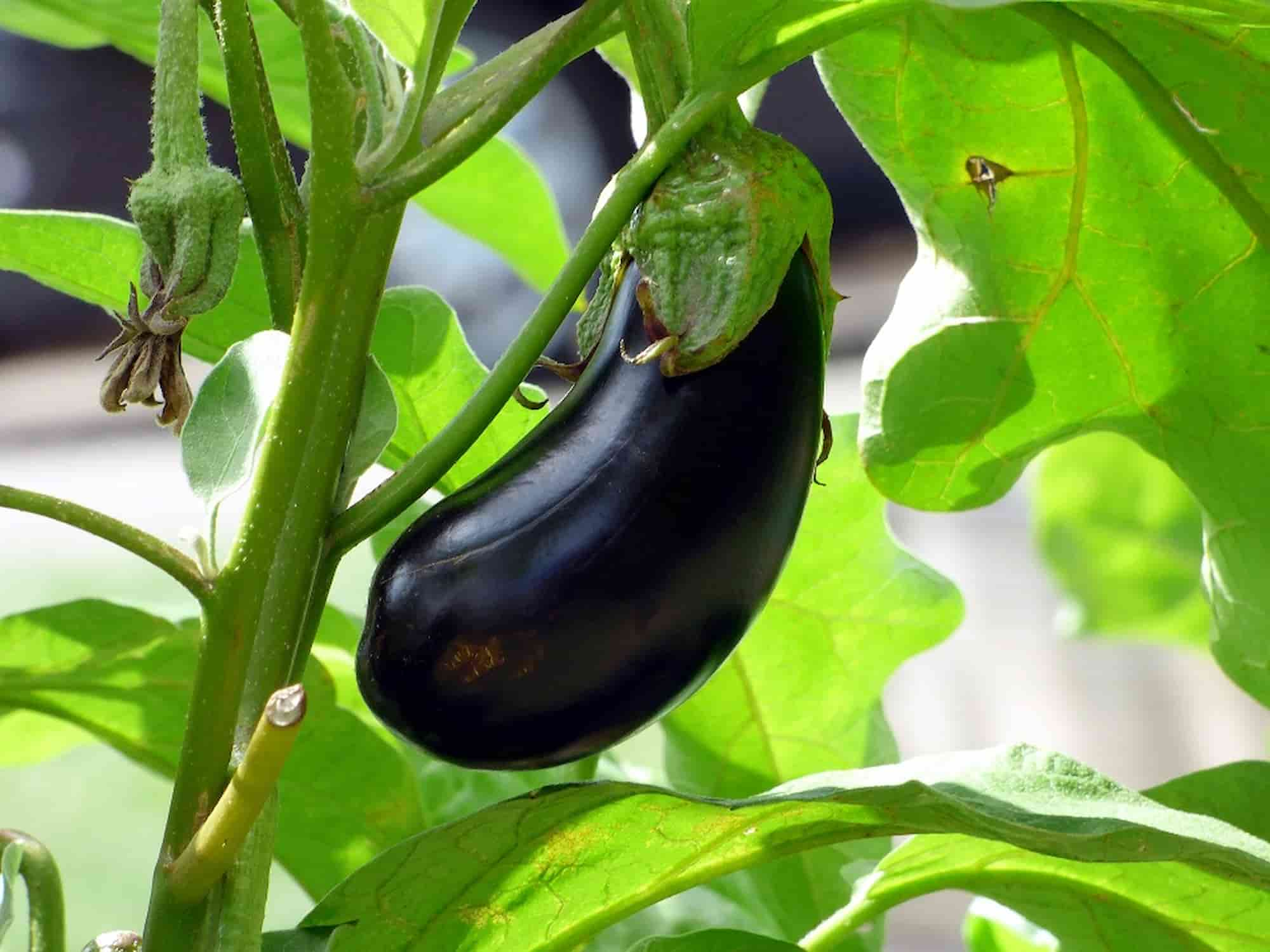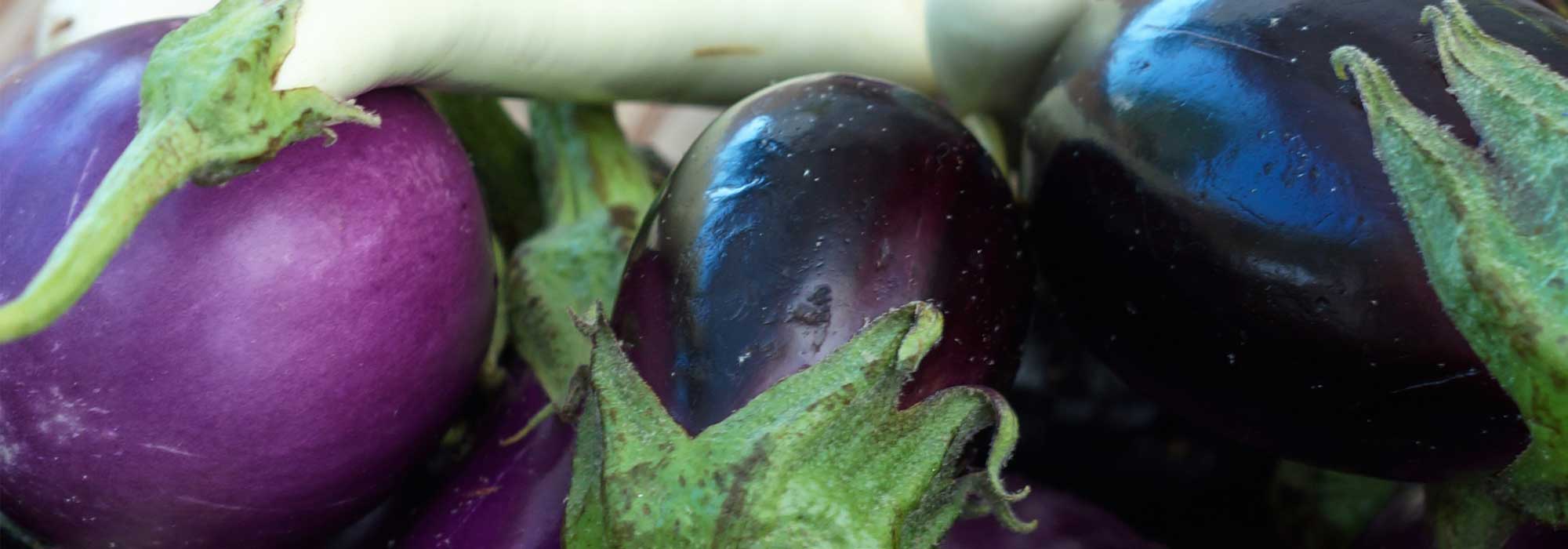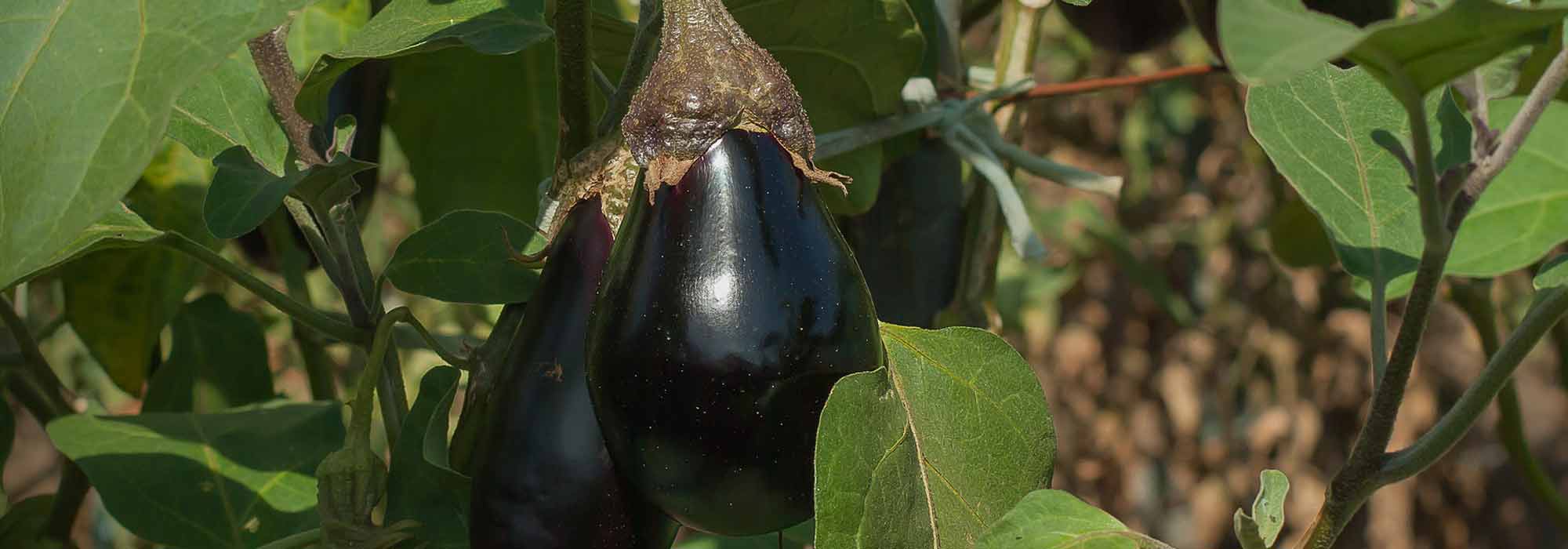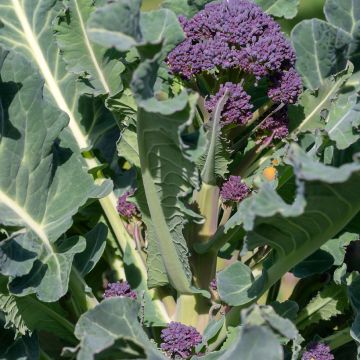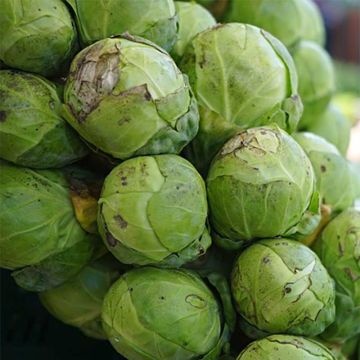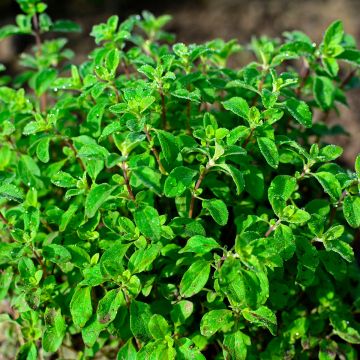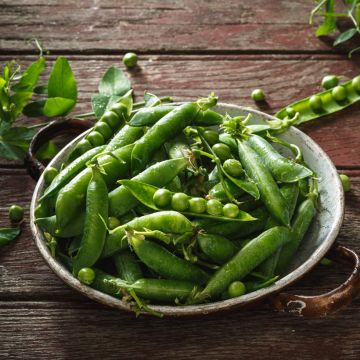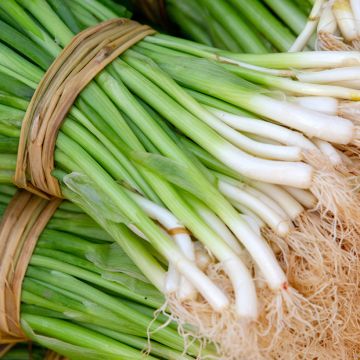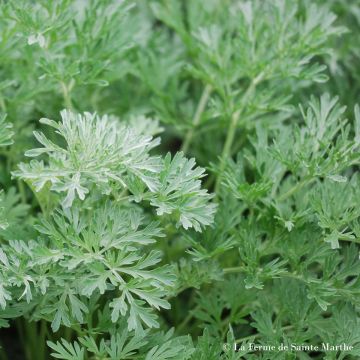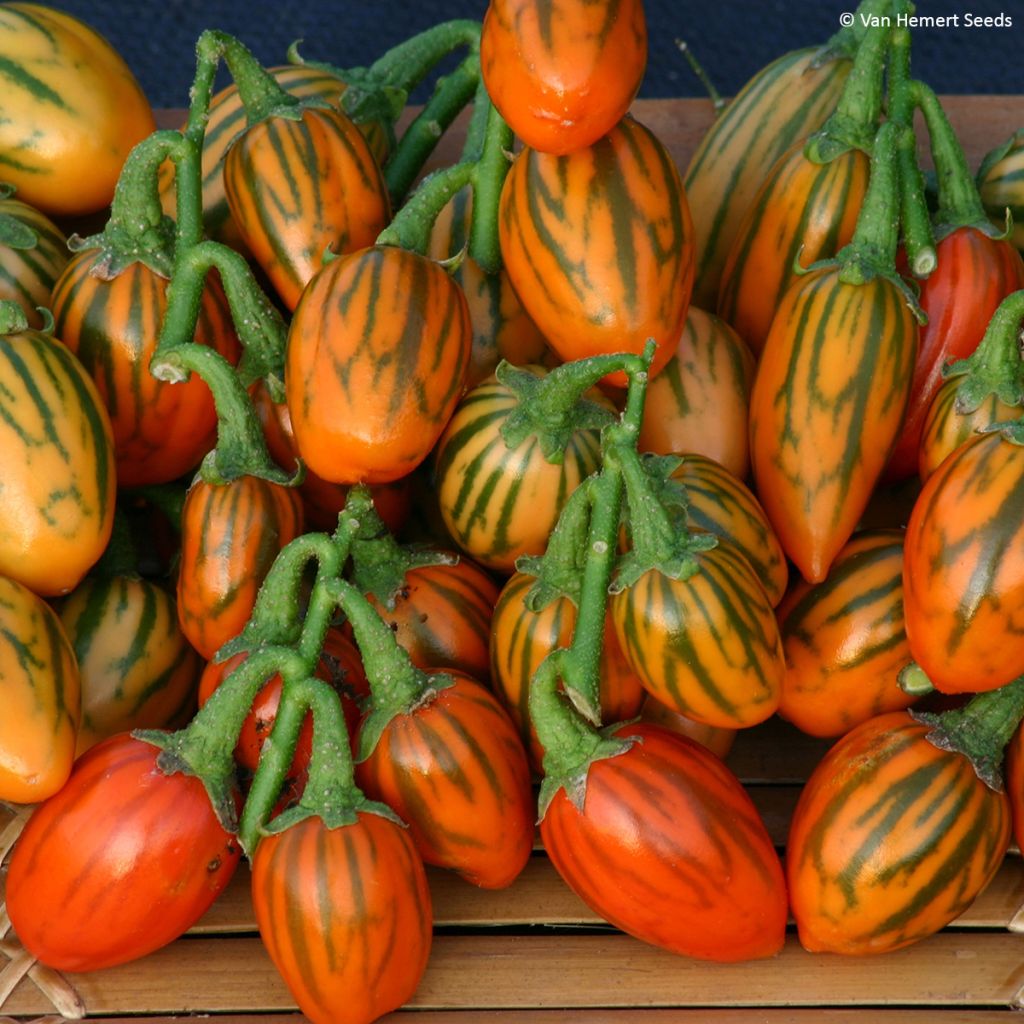

Solanum aethiopicum Striped Toga
Solanum aethiopicum Striped Toga
Solanum aethiopicum Striped Toga
Ethiopian eggplant, Mock tomato, Garden egg, Scarlet eggplant, bitter tomato
Special offer!
Receive a €20 voucher for any order over €90 (excluding delivery costs, credit notes, and plastic-free options)!
1- Add your favorite plants to your cart.
2- Once you have reached €90, confirm your order (you can even choose the delivery date!).
3- As soon as your order is shipped, you will receive an email containing your voucher code, valid for 3 months (90 days).
Your voucher is unique and can only be used once, for any order with a minimum value of €20, excluding delivery costs.
Can be combined with other current offers, non-divisible and non-refundable.
Home or relay delivery (depending on size and destination)
Schedule delivery date,
and select date in basket
This plant carries a 6 months recovery warranty
More information
We guarantee the quality of our plants for a full growing cycle, and will replace at our expense any plant that fails to recover under normal climatic and planting conditions.
Description
Widely used in African cuisine, the 'Striped Toga' eggplant surprises with its small bicoloured fruits, green and orange, which are very decorative. They are harvested from July to October and can be consumed raw or cooked, boiled, marinated, or even stewed. The young leaves can be cooked like spinach. Sow in March to April for a harvest 5 months later. Not very hardy, it is best grown in mild climates. Elsewhere, sow it under a tunnel or in a greenhouse.
From the Solanaceae family, Solanum aethiopicum is native to Africa, as its Latin name suggests. It has conquered the American continent, especially Brazil, but is still relatively unknown in Europe. However, this variety of African eggplant or bitter eggplant has the particularity of being both productive and decorative. Indeed, this herbaceous plant with an upright habit produces clusters of small fleshy and ovate fruits, about 7 to 8 cm (3in) long with a diameter of 2 to 3 cm (1in). Bicoloured, they are orange-yellow striped with green and become uniformly orange at full ripeness. The 'Striped Toga' eggplant can produce an average of 30 to 40 fruits per plant. They have a pronounced aroma with a slight bitterness. Unlike the leaves of our purple eggplant (Solanum melongena), its young leaves are edible and can be consumed like spinach. Another advantage of the African eggplant!
Harvest the 'Striped Toga' eggplant as needed and based on their development (keeping in mind that the fruits remain small) between July and October. We recommend not waiting too long to harvest, as the fruit's bitterness increases as it ripens. Pick your 'Striped Toga' eggplants before the orange colour appears.
The fruits can be stored well after harvesting and can be cooked in many different ways. They can be consumed raw, pickled to enhance your appetizers and salads, boiled, fried, grilled, or even stewed. Let your imagination and curiosity inspire you with original recipes.
Solanum aethiopicum needs heat and sun for a fairly long period. It is best grown outdoors in mild climate regions. Elsewhere, grow it in a greenhouse or under a tunnel. Plan for a warm sowing (20-25°C (68-77°F)) early enough, in February-March, then transplant the young plants into pots. When the plants reach 20 to 25 cm (8 to 10in) in height, plant them in the ground, making sure that the risk of frost is completely gone. It is also possible to grow it in pots.
Harvest
Plant habit
Foliage
Botanical data
Solanum
aethiopicum
Striped Toga
Solanaceae
Ethiopian eggplant, Mock tomato, Garden egg, Scarlet eggplant, bitter tomato
Cultivar or hybrid
Perennial
Other Eggplant seeds
View all →Planting and care
Sowing
The seeds of the 'Striped Toga' eggplant are sown from February, in warm and light conditions (at an optimal germination temperature of around 25° (77°F)) in seed trays or pots, filled with a good seed compost mixed with sand. Germination usually takes between 4 and 9 days.
Cover your sowings with a plastic bag or a transparent cover to retain moisture until germination.
When the plants have 5 to 6 leaves, transplant them if necessary into pots and place them in a warm position in a cold-frame or under a tunnel.
Maintenance
Transplant the plants when the risk of frost has passed, in soil that has warmed up, at a distance of 60 cm (24in) in all directions. In colder regions, ideally plant your plants in a greenhouse or under a tunnel.
Seedlings
Care
Intended location
Planting & care advice
This item has not been reviewed yet - be the first to leave a review about it.
Similar products
Haven't found what you were looking for?
Hardiness is the lowest winter temperature a plant can endure without suffering serious damage or even dying. However, hardiness is affected by location (a sheltered area, such as a patio), protection (winter cover) and soil type (hardiness is improved by well-drained soil).

Photo Sharing Terms & Conditions
In order to encourage gardeners to interact and share their experiences, Promesse de fleurs offers various media enabling content to be uploaded onto its Site - in particular via the ‘Photo sharing’ module.
The User agrees to refrain from:
- Posting any content that is illegal, prejudicial, insulting, racist, inciteful to hatred, revisionist, contrary to public decency, that infringes on privacy or on the privacy rights of third parties, in particular the publicity rights of persons and goods, intellectual property rights, or the right to privacy.
- Submitting content on behalf of a third party;
- Impersonate the identity of a third party and/or publish any personal information about a third party;
In general, the User undertakes to refrain from any unethical behaviour.
All Content (in particular text, comments, files, images, photos, videos, creative works, etc.), which may be subject to property or intellectual property rights, image or other private rights, shall remain the property of the User, subject to the limited rights granted by the terms of the licence granted by Promesse de fleurs as stated below. Users are at liberty to publish or not to publish such Content on the Site, notably via the ‘Photo Sharing’ facility, and accept that this Content shall be made public and freely accessible, notably on the Internet.
Users further acknowledge, undertake to have ,and guarantee that they hold all necessary rights and permissions to publish such material on the Site, in particular with regard to the legislation in force pertaining to any privacy, property, intellectual property, image, or contractual rights, or rights of any other nature. By publishing such Content on the Site, Users acknowledge accepting full liability as publishers of the Content within the meaning of the law, and grant Promesse de fleurs, free of charge, an inclusive, worldwide licence for the said Content for the entire duration of its publication, including all reproduction, representation, up/downloading, displaying, performing, transmission, and storage rights.
Users also grant permission for their name to be linked to the Content and accept that this link may not always be made available.
By engaging in posting material, Users consent to their Content becoming automatically accessible on the Internet, in particular on other sites and/or blogs and/or web pages of the Promesse de fleurs site, including in particular social pages and the Promesse de fleurs catalogue.
Users may secure the removal of entrusted content free of charge by issuing a simple request via our contact form.
The flowering period indicated on our website applies to countries and regions located in USDA zone 8 (France, the United Kingdom, Ireland, the Netherlands, etc.)
It will vary according to where you live:
- In zones 9 to 10 (Italy, Spain, Greece, etc.), flowering will occur about 2 to 4 weeks earlier.
- In zones 6 to 7 (Germany, Poland, Slovenia, and lower mountainous regions), flowering will be delayed by 2 to 3 weeks.
- In zone 5 (Central Europe, Scandinavia), blooming will be delayed by 3 to 5 weeks.
In temperate climates, pruning of spring-flowering shrubs (forsythia, spireas, etc.) should be done just after flowering.
Pruning of summer-flowering shrubs (Indian Lilac, Perovskia, etc.) can be done in winter or spring.
In cold regions as well as with frost-sensitive plants, avoid pruning too early when severe frosts may still occur.
The planting period indicated on our website applies to countries and regions located in USDA zone 8 (France, United Kingdom, Ireland, Netherlands).
It will vary according to where you live:
- In Mediterranean zones (Marseille, Madrid, Milan, etc.), autumn and winter are the best planting periods.
- In continental zones (Strasbourg, Munich, Vienna, etc.), delay planting by 2 to 3 weeks in spring and bring it forward by 2 to 4 weeks in autumn.
- In mountainous regions (the Alps, Pyrenees, Carpathians, etc.), it is best to plant in late spring (May-June) or late summer (August-September).
The harvesting period indicated on our website applies to countries and regions in USDA zone 8 (France, England, Ireland, the Netherlands).
In colder areas (Scandinavia, Poland, Austria...) fruit and vegetable harvests are likely to be delayed by 3-4 weeks.
In warmer areas (Italy, Spain, Greece, etc.), harvesting will probably take place earlier, depending on weather conditions.
The sowing periods indicated on our website apply to countries and regions within USDA Zone 8 (France, UK, Ireland, Netherlands).
In colder areas (Scandinavia, Poland, Austria...), delay any outdoor sowing by 3-4 weeks, or sow under glass.
In warmer climes (Italy, Spain, Greece, etc.), bring outdoor sowing forward by a few weeks.






























